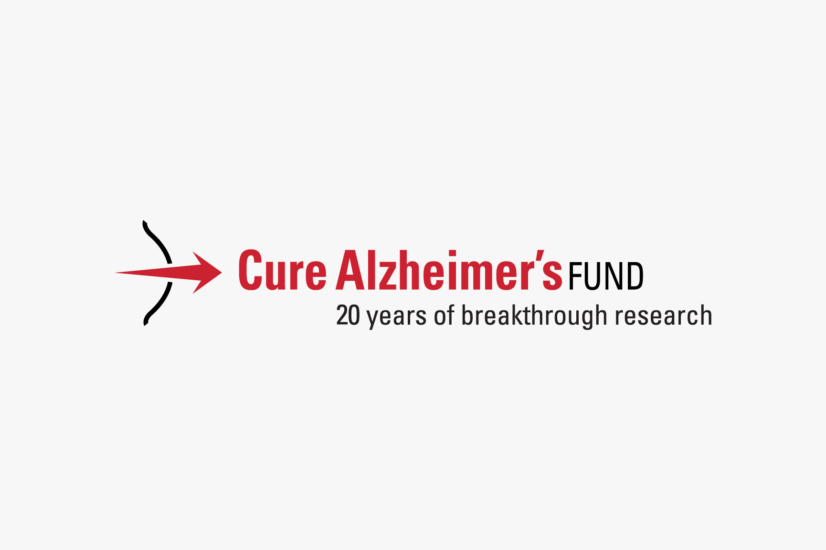Most researchers agree that the amyloid beta peptide, A-beta, is a key player in Alzheimer’s disease pathology. Exactly how it is involved is still unclear; but attention is now shifting from A-beta as the main component of the tell-tale amyloid plaques to the basic component in A-beta “oligomers” or clumps of the A-beta peptide which have been shown to be toxic to cells in the brain that receive and process messages involving memory.
The editorial by Sam in the March 1 online issue of The Lancet Neurology, accompanies a research article written by lead author Juha O Rinne and colleagues that uses neuro-imaging to see the results of the application of a drug now in trials called bapineuzumab (short for beta-amyloid peptide neutralizing monoclonal anti-body) by Elan/Wyeth. The straightforward discovery is that neuro-imaging can detect in vivo that a study drug is able to lower the presence of A-beta, and therefore possibly be effective against Alzheimer’s disease pathology.
The authors demonstrate that, in fact, neuro-imaging does show that the drug bapineuzumab “reduces the cortical fibrillar amyloid-beta load in Alzheimer’s disease” by about 25% over a 78 week period.
However, Sam highlights the fact that this study, as well as others, report “little or no obvious clinical response to bapineuzimab.” In other words, the drug may have caused the amount of the A-beta peptide to go down, but that did not result in any clinical difference or improvement in the patients tested over 78 days.
According to the “amyloid hypothesis” as it is understood by many, an observed reduction in the A-beta load should result in a decrease in Alzheimer’s pathology, presumably evidenced by improvement in cognition, stabilization of the rate of cognitive decline, or relief of other symptoms in treated patients. What’s going on here?
At its most extreme, one conclusion could be that the “amyloid hypothesis” is bunk. We’ve had several drugs in trials that target reduction in A-beta, but none seem to improve cognition or other symptoms to any appreciable degree. So A-beta must be the wrong target.
But wait, says Sam, there are other things going on here. First, Sam notes that neither of the so-called “failed” anti-amyloid trials actually measured amyloid buildup, which, he goes on to say, “would be like testing a statin…without measuring (its effect on) cholesterol”. He also reminds us that genetic analysis keeps leading us back to A-beta, concluding that there “are compelling, unchangeable facts suggesting involvement of amyloid beta in genetic forms of Alzheimer’s disease.” Furthermore, Sam says, “logic dictates that amyloid beta cannot be causative and toxic in genetic forms of the disease and yet totally harmless and irrelevant in common sporadic forms.” Long term prevention studies will be required to settle this conundrum, argues Dr. Gandy.
Furthermore, if we go back to the emerging theory of the importance of A-beta “oligomers” in Alzheimer’s pathology, we have another puzzle. The imaging technology so far cannot “see” oligomeric A-beta. Therefore, it could be that both the drug and the imaging are aiming at the wrong kind of A-beta targets!
Sam therefore suggests that even though tests of the kind described in this paper may raise questions about the “amyloid hypothesis,” and may not be able to demonstrate the effectiveness of some drugs currently being tested, there are other drugs in the pipeline that do have, at least initially, a positive effect on Alzheimer’s symptoms and may be addressing a different “mechanism of action” that most drugs up until now have targeted. These new drugs include the Russian drug developed as an anti-histamine, Dimebon (recently re-named “latrepirdine”), now in Phase 3 trials, which appears to accelerate clearance of A-beta before oligomers are able to form. Sam points out recent work from his own lab (supported by CAF) suggesting such a model as well as recent work by Sergey Bachurin (the “father of Dimebon”) in a Russian journal showing that Dimebon clears out deposits of the protein that causes Parkinson’s disease. Could it be, Sam asks, that Dimebon stimulates cells to break down oligomers?
Clearly much more work needs to be done; but to place all our chips on one theory of how A-beta affects Alzheimer’s pathology, or to throw the theory out completely because it does not lead to effective results based on our previous read of how A-beta affects Alzheimer’s pathology would be, as Sam says, “irrational and irresponsible.”
More and more, it is becoming clear that following the A-beta trail, rooted in strong genetic evidence, provides the right roadmap to a cure.
To read Sam’s editorial, click here.







